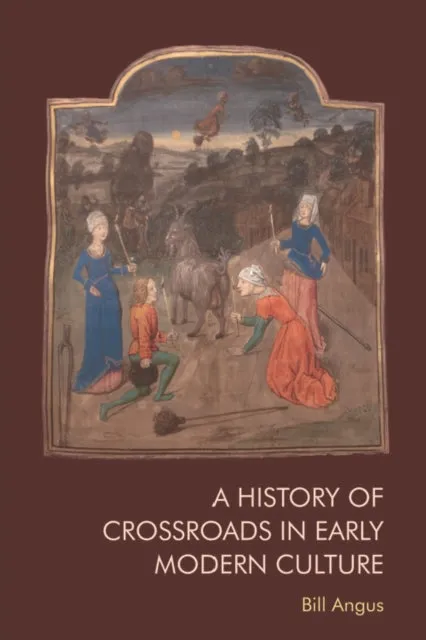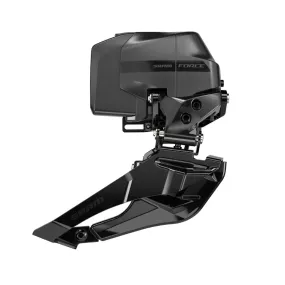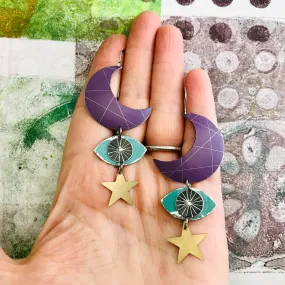The article explores the history of concepts and practices associated with physical crossroads in the early modern period. It discusses how these intersections were seen as places of supernatural power and how they were used in various religious and cultural practices.
Format: Hardback
Length: 312 pages
Publication date: 31 March 2022
Publisher: Edinburgh University Press
This text explores the rich history of concepts and practices related to physical crossroads in the early modern period, delving into their significance and evolution.
Tracing the evolution of ideas and practices associated with physical crossroads in the early modern era, this comprehensive exploration examines their profound significance and intricate transformations. From their initial role as hubs of trade and commerce to their transformation into symbols of cultural and political power, crossroads have played a pivotal role in shaping the course of history.
The emergence of crossroads as significant nodes in the early modern world can be traced back to the rise of urbanization and the increasing interconnectedness of societies. As cities grew in size and complexity, they became centers of trade, commerce, and cultural exchange, attracting people from diverse backgrounds and traditions. The physical crossroads, with their intersections of roads and paths, provided a convenient and efficient means of transportation and communication, facilitating the flow of goods, ideas, and people across vast distances.
One of the most notable aspects of crossroads was their ability to transcend geographical boundaries and become symbols of cultural and political power. Crossroads often served as meeting places for rulers, merchants, and travelers, where deals were struck, alliances were formed, and borders were negotiated. They became sites of religious and cultural ceremonies, where people gathered to worship, celebrate, and commemorate important events. Moreover, crossroads were often associated with supernatural forces and beliefs, with tales of ghosts, spirits, and other supernatural beings lurking in their shadows.
As societies continued to evolve, crossroads underwent significant transformations. The advent of new technologies, such as the printing press and the telegraph, facilitated the spread of information and ideas, making crossroads more accessible and influential. The rise of nationalism and the emergence of nation-states further complicated the role of crossroads, as they became sites of political contention and conflict.
In conclusion, the history of concepts and practices associated with physical crossroads in the early modern period is a rich and complex tapestry that reflects the changing nature of societies and the profound impact of transportation and communication on human civilization. From their initial role as hubs of trade and commerce to their transformation into symbols of cultural and political power, crossroads have played a pivotal role in shaping the course of history. As we continue to navigate the rapidly changing world of today, it is important to remember the lessons learned from the crossroads of the past and to strive for a future that is more inclusive, interconnected, and sustainable.
Weight: 608g
Dimension: 162 x 240 x 28 (mm)
ISBN-13: 9781474499828










![Battery Tender 6V/12V, 3A Selectable Battery Charger [022-0202-COS] Battery Tender 6V/12V, 3A Selectable Battery Charger [022-0202-COS]](https://www.smartjewelrye.shop/image/battery-tender-6v12v-3a-selectable-battery-charger-022-0202-cos_iZhr62_285x.webp)




